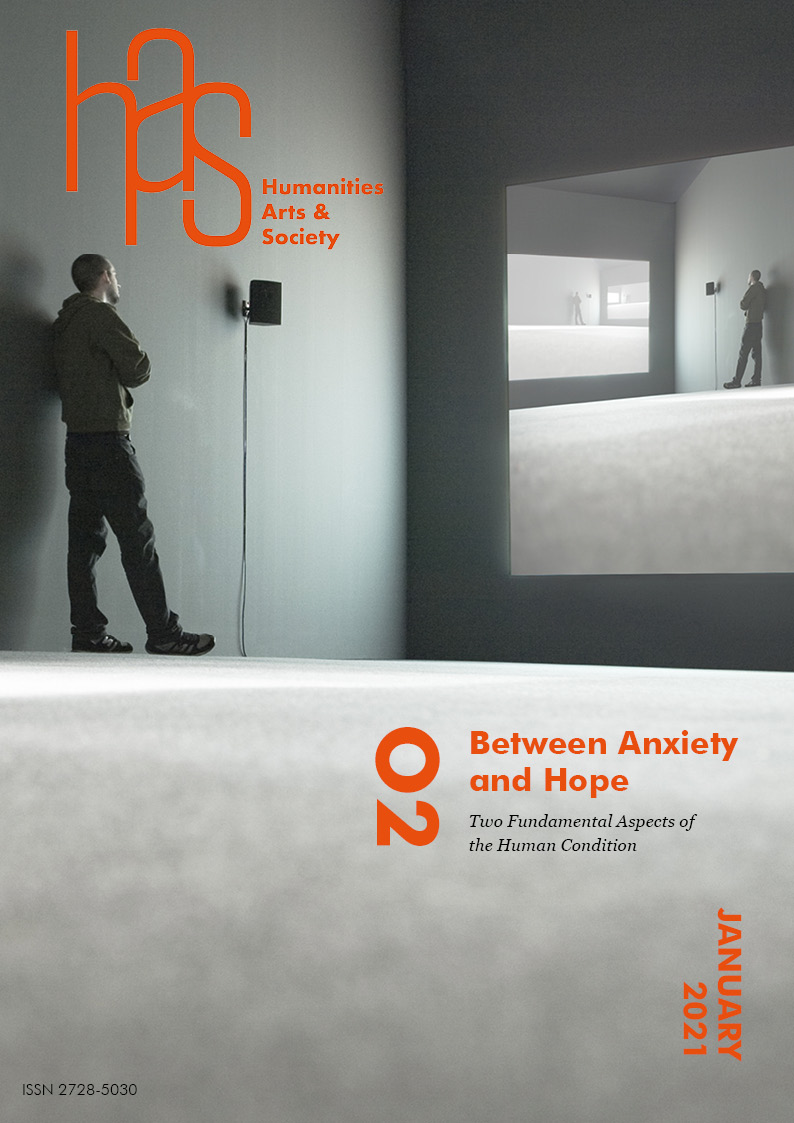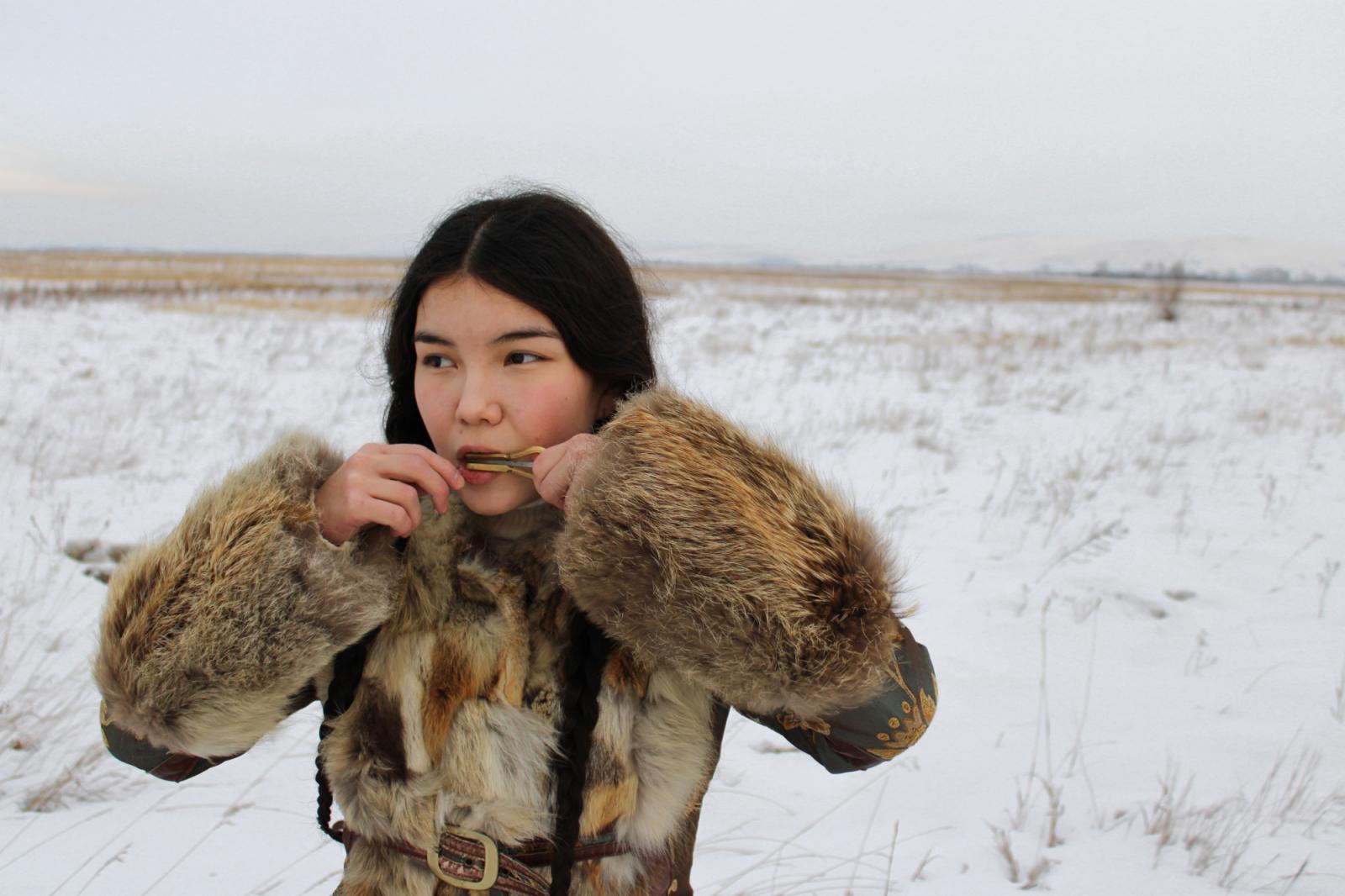
UNESCO is pleased to announce the winners of the second edition of the International Photo Contest “Youth Eyes on the Silk Roads”. Organized in the context of the UNESCO Silk Roads Programme, this annual contest offers an exciting opportunity for young people from all over the world to capture their understanding of the shared heritage of the Silk Roads through the lens of their camera. For this edition, participants were invited to “Reveal the Silk Roads” via one or more of the three following themes: gastronomy and food production, music and dance, and traditional sports and games.
Open for entries from 19 September 2019 to 31 January 2020, the contest received more than 3,500 photos from young participants from around 100 countries worldwide. An International Selection Committee composed of six renowned professionals examined the submissions.
For the first edition of the contest the themes were kept broad. This year the focus was narrower, using the themes of Gastronomy and Food Production, Music and Dance and Traditional Sports and Games to reveal the Silk Roads.
The contest is divided into two age categories: 14-17 year olds and 18-25 year olds. Three winners are selected from each of the age categories.
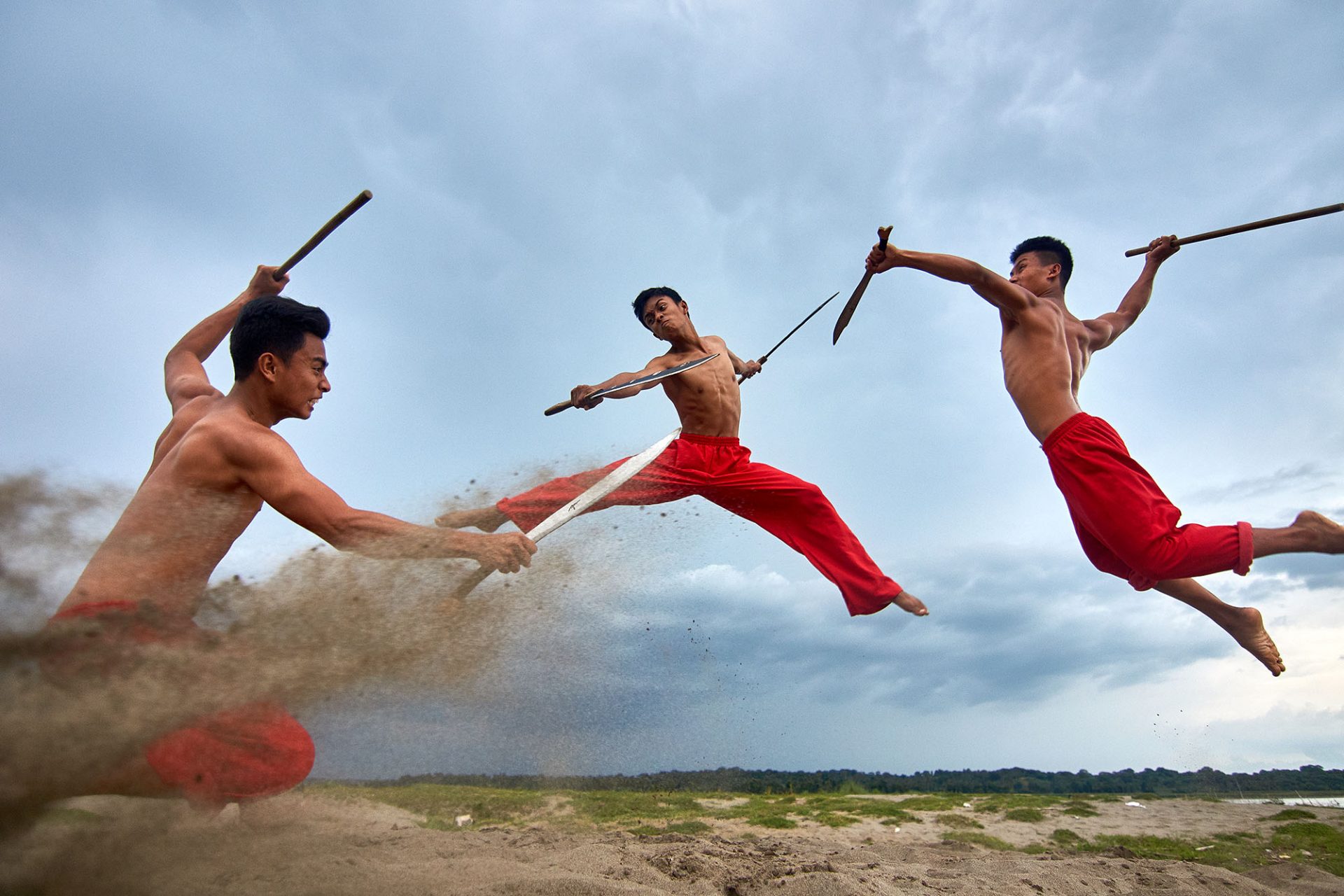
Second Position in Category 2 (18-25 years old)
The Art of Arnis
Arnis is the national sport of the Philippines. It was devised by native Filipinos who used rattans, daggers, swords and other weapons for combat and self-defence. Arnis was employed by the first Filipino hero Datu Lapu-Lapu.
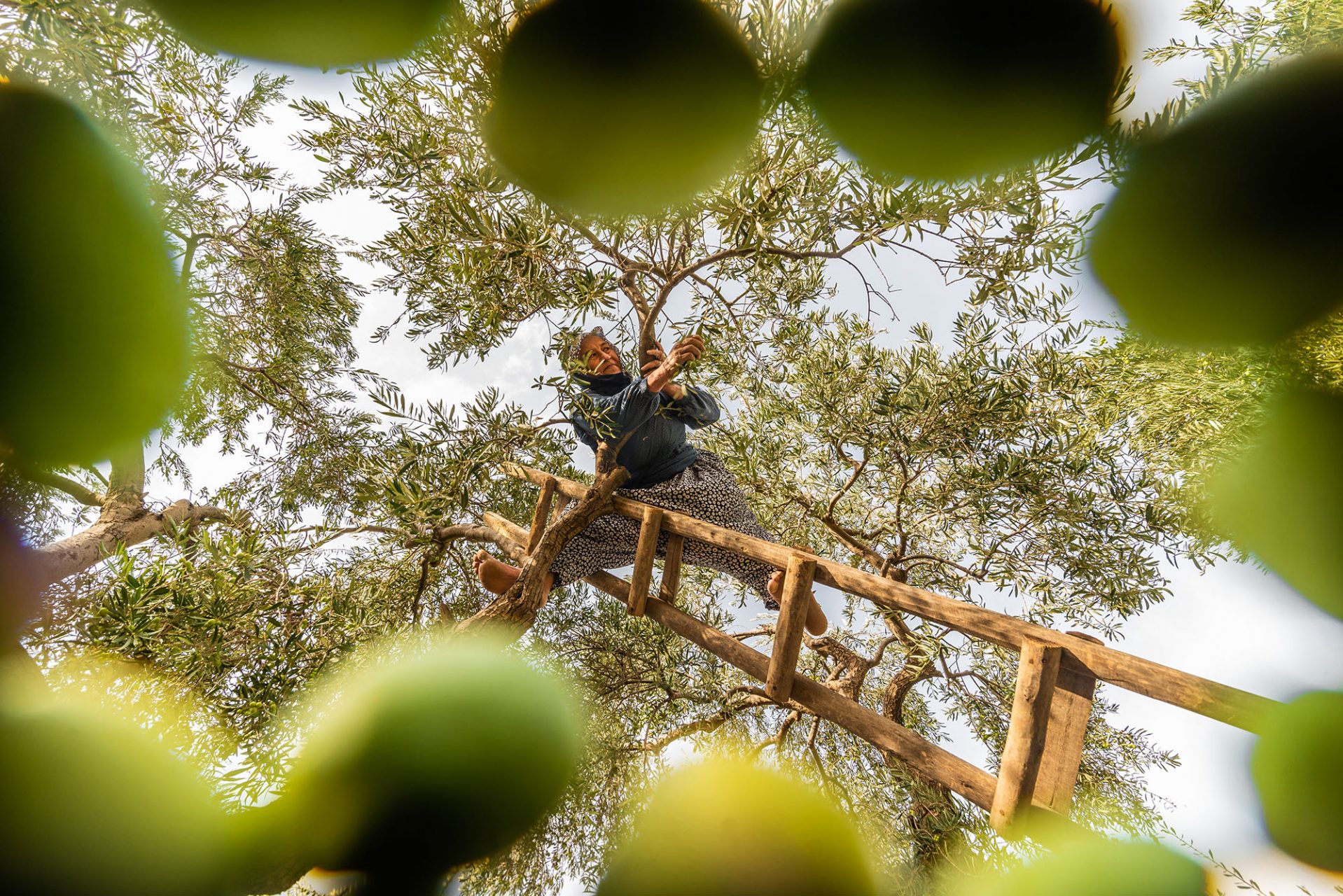
Honourable mention in Category 2 (18-25 years old)
Woman Collecting Olives
A woman collecting olives in Derik, in Mardin Province, in the South East Anatolian Region. Olive cultivation is an important source of income for the local people in Derik district and olive oil culture, which is part of the Mediterranean diet as inscribed on the list of Intangible Cultural Heritage, has an important place among Turkish people.
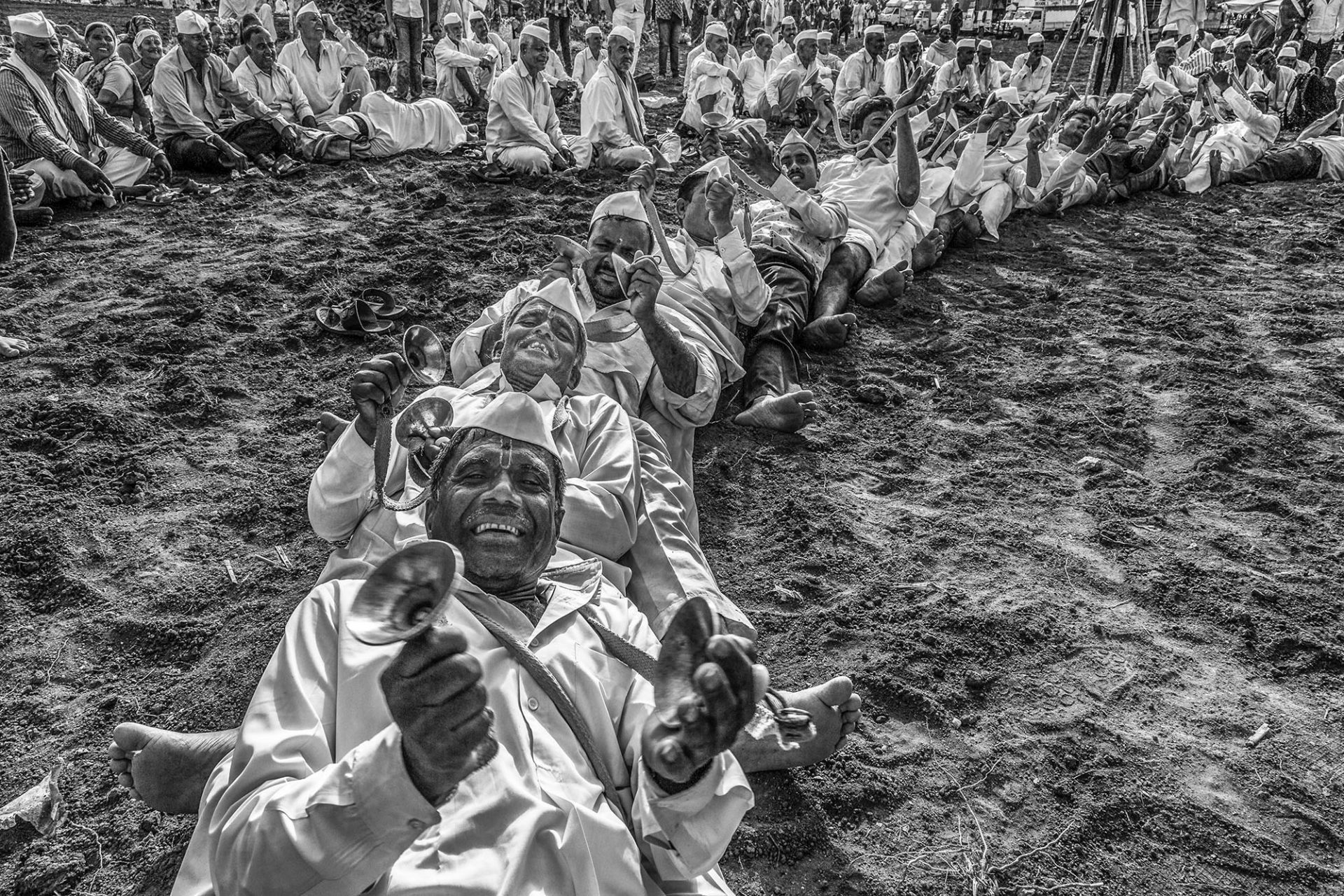
Third Position in Category 2 (18-25 years old)
Music and Dance Provides the Freedom to Express
Wari is the most famous festival in Maharashtra, India. During this festival 500,000 to 600,000 people walk together and dance to musical instruments like the Taal.
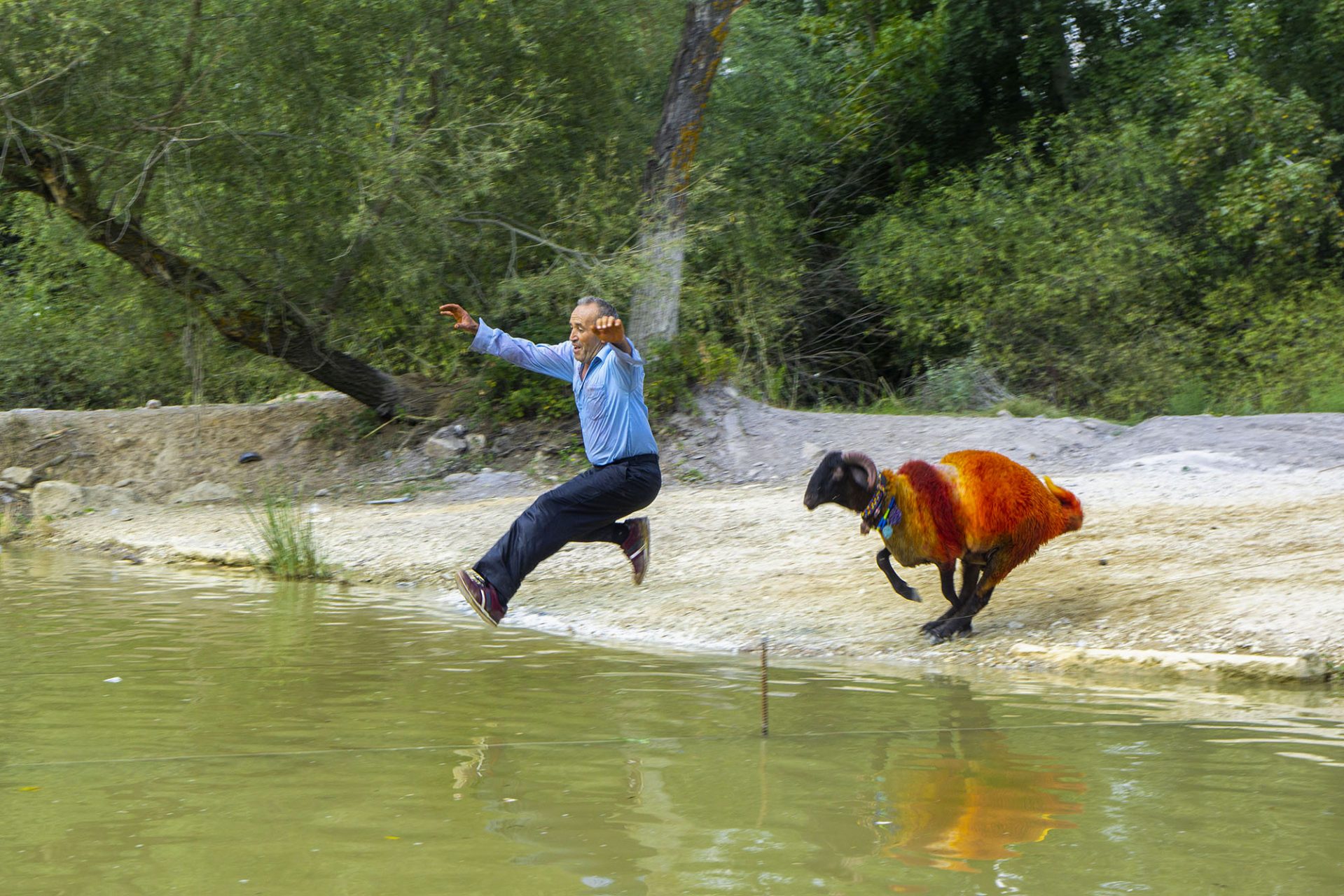
Honourable Mentions Category 1: 14-17 years old
Sheep Festival
The Aşağıseyit village Sheep Water Jumping Race and Nomad Festival has been taking place annually on the last Saturday and Sunday of August for around 850 years. The race and festival portray the nomad way of life. According to tradition, the shepherd leads the sheep to the stream, which they then must cross without stopping. The aim is to guide the sheep across the river without stopping to drink the water. Once the shepherd goes into the water, the sheep follow.
UNESCO-MOST Silk Roads Programme: https://en.unesco.org/silkroad/
UNESCO-MOST Silk Roads Programme: https://en.unesco.org/silkroad/
